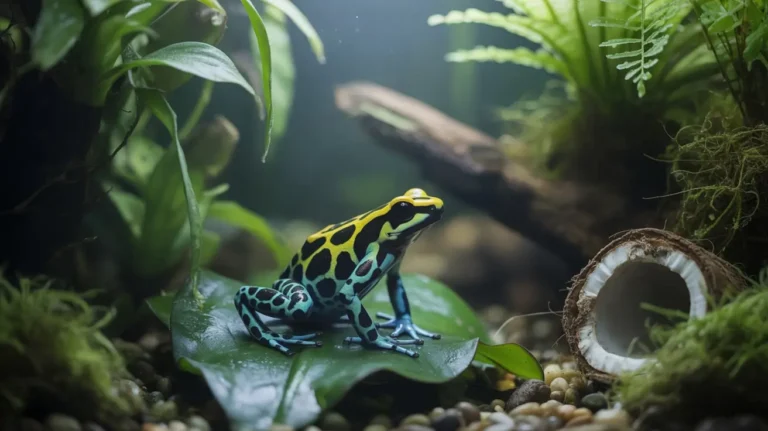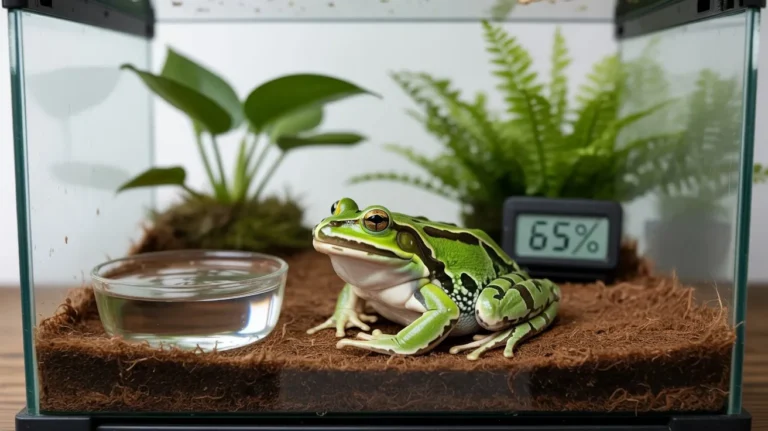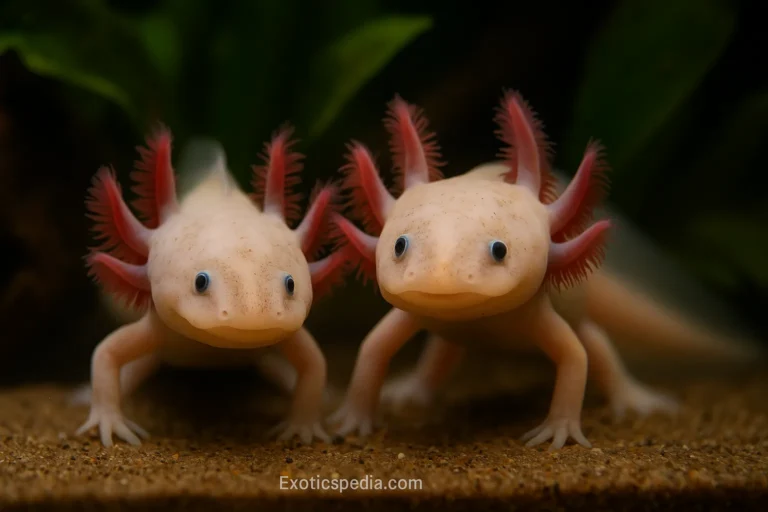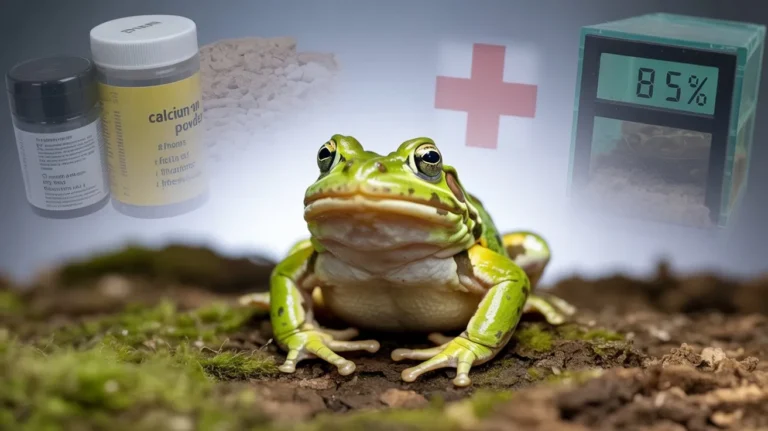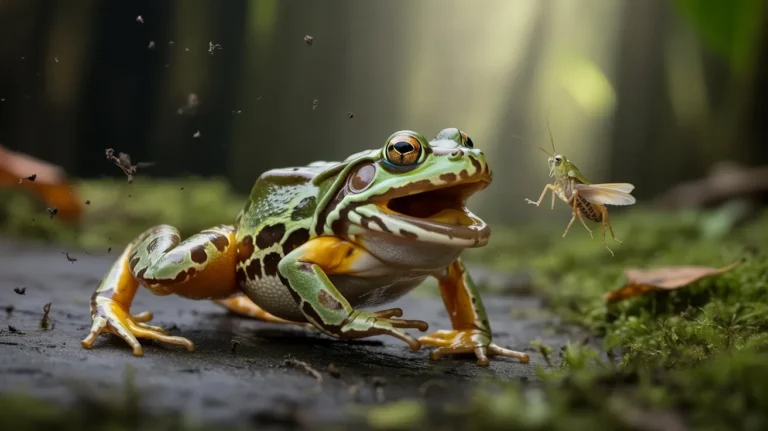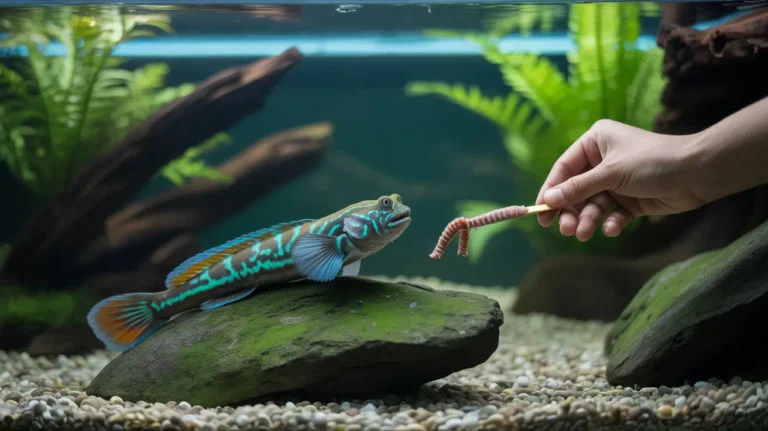Complete Corn Snake Care Guide
If you’re considering a reptile as a pet, the corn snake is a top choice, and for good reason! With their calm temperament, stunning color variations, and low-maintenance care requirements, corn snakes (Pantherophis guttatus) make excellent companions for both novice and experienced reptile owners.
Native to the southeastern United States, these non-venomous snakes are a manageable size—growing to 4-5 feet as adults—and can live for 15-20 years with proper care, making them a rewarding long-term commitment.
Ideal Enclosure Setup
A well-maintained habitat is essential for your corn snake’s health. Providing the right size and environment will ensure your pet thrives for years to come.
Enclosure Size Guide:
To keep your corn snake comfortable, follow these guidelines based on its age:
| Snake Age | Tank Size |
| Hatchling | 10–20 gallons |
| Juvenile | 20 gallons |
| Adult (3+ yrs) | 30–40 gallons |
Corn snakes are escape artists, so always use a tightly sealed, escape-proof lid.
Temperature, Lighting, and Humidity: The Essentials
Corn snakes require a temperature gradient within their tank for proper health and digestion.
Temperature Requirements:
- Warm Side: 85°F (29°C)
- Cool Side: 75°F (24°C)
- Night Temperature: 70-75°F (21-24°C)
Make sure to use a heat mat with a thermostat to prevent overheating and ensure a proper thermal gradient.
Humidity:
Maintain humidity levels between 40-60%. During shedding periods, increase humidity to around 70% to aid in skin shedding.
While UVB lighting isn’t strictly necessary, some owners prefer using it to simulate natural sunlight. Consider adding a moist hide (a small box with damp moss or paper towels) to help with the shedding process.
Choosing the Right Substrate for Your Corn Snake
Your choice of substrate plays a significant role in maintaining the right humidity and cleanliness for your snake’s habitat. Here’s a breakdown of common options:
| Substrate | Pros | Cons |
| Aspen Shavings | Great for burrowing, dry | Needs regular spot-cleaning |
| Cypress Mulch | Holds humidity well | Can mold if too damp |
| Paper Towels | Cheap, easy to clean | Not aesthetically pleasing |
Important: Avoid pine and cedar substrates as they release oils that can harm your snake’s respiratory system.
Feeding Your Corn Snake
Corn snakes eat rodents, usually mice or small rats. Always feed appropriately sized prey—the same width as the widest part of the snake’s body.
Feeding Chart
| Age | Prey Type | Frequency |
| Hatchling | Pinky mouse | Every 5–7 days |
| Juvenile | Fuzzy mouse | Every 7 days |
| Adult | Adult mouse | Every 7–10 days |
Use frozen-thawed prey. To prepare, thaw the rodent in warm water until it’s fully defrosted. Never microwave it, as it can cause internal burns.
Tip: Feed your corn snake in its enclosure to avoid unnecessary stress.
Shedding Process
Corn snakes shed every 4–8 weeks. Signs of shedding include:
- Dull skin
- Cloudy eyes
- Reduced appetite
- Hiding more often
A moist hide becomes essential during this time. If shedding isn’t complete, soak your snake in lukewarm water for 10–15 minutes and gently help remove leftover skin with a soft cloth.
Retained shed is often a sign of low humidity—check your levels regularly.
Handling and Temperament
Corn snakes are typically calm and enjoy gentle handling. Start slowly:
- Wait 2–3 days after feeding before handling
- Handle for 5–10 minutes a few times a week
- Support their full body, and avoid sudden movements
Watch your snake’s body language. If it hisses, flattens its body, or tries to escape, it may be stressed—give it a break.
Over time, many corn snakes grow very tolerant of regular interaction.
Health and Common Issues
A healthy corn snake is alert, eats regularly, sheds in one piece, and explores its enclosure.
Watch for:
- Mouth or nose bubbles (respiratory infection)
- Retained shed (low humidity)
- Lumps or swelling (possible parasites or injury)
- Sudden refusal to eat (can be natural, but prolonged fasting should be checked)
If any symptoms persist, see a reptile vet immediately.
Cleaning and Maintenance
- Spot-clean daily (remove waste, shed skin)
- Full clean every 1–2 weeks: Replace substrate, wash decor, and disinfect enclosure
- Use reptile-safe disinfectants like F10 or Zoo Med Wipe Out. Rinse thoroughly after use.
A clean tank helps prevent infections and promotes better health.
Lifespan and Growth
Corn snakes grow steadily in their first 2–3 years. Most reach adult size around age 3 and can live 15 to 20 years with proper care.
Lifespan may vary based on genetics, stress levels, and diet. With love and attention, your corn snake can be a lifelong companion.
Expand Your Knowledge
- Want to know how to feed your corn snake like a pro? Read our in-depth guide
- Struggling with shedding? Learn the secrets in our corn snake shedding article
- Discover the beauty of exploring corn snake morphs
- Understand how long your snake might live in corn snake lifespan and growth
FAQs
1. What should I do if my corn snake isn’t eating?
Check temperature, humidity, and stress factors. If shedding is near, appetite may drop temporarily. If fasting continues over 3 weeks, consult a vet.
2. How do I know if my corn snake is happy?
A happy snake is active, sheds fully, eats regularly, and hides/rests calmly.
3. Can I use sand or soil as substrate?
No. Sand can cause impaction if swallowed. Soil may hide parasites unless sterilized.
4. Do corn snakes need a heat lamp?
Generally, no. A heat mat with a thermostat provides adequate belly heat. A lamp can dry out the tank and disturb the humidity.

